Oceania Flags
Discover the flags of all 23 Oceania nations. From Australia's Southern Cross to New Zealand's unique design, the Bird of Paradise of Papua New Guinea to the vibrant patterns of Pacific islands, explore the maritime heritage, indigenous cultures, and colonial legacies that shaped this vast region's flags.
← Back to All CountriesAll Oceania Countries
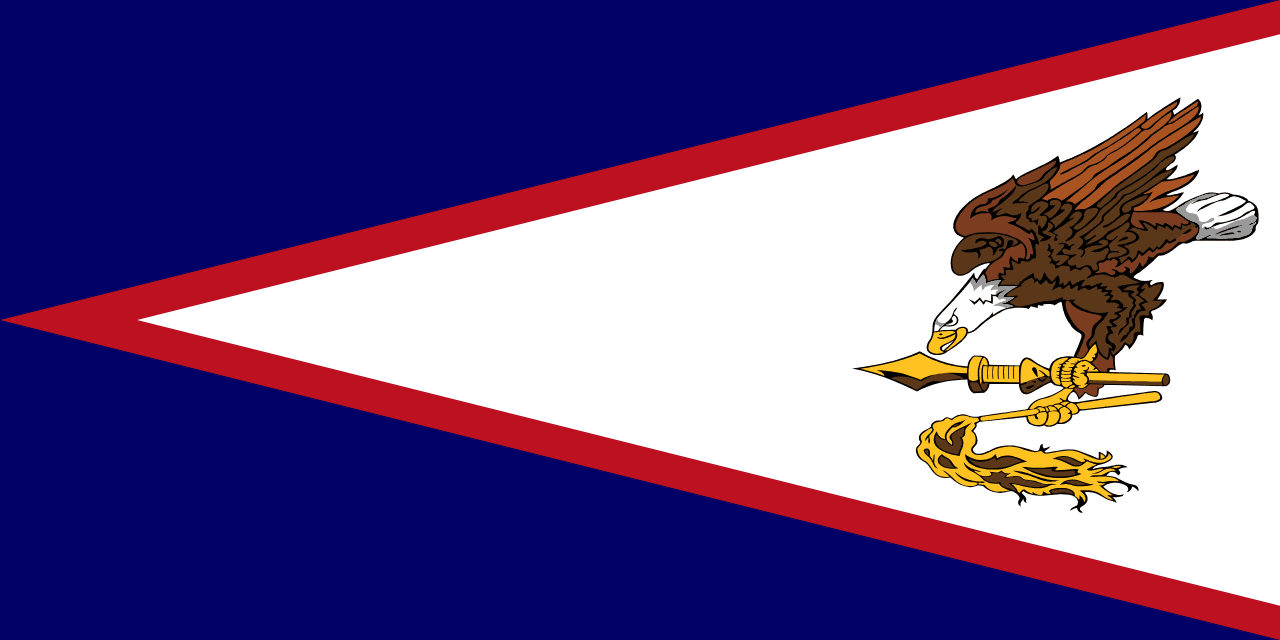
American Samoa
Adopted 1960
Red, white, and blue field featuring a bald eagle holding traditional Samoan symbols, representing the blend of American and Polynesian cultures.

Australia
Adopted 1901
A blue ensign featuring the Union Jack in the canton and the Southern Cross constellation on the fly, with a large Commonwealth Star beneath the Union Jack, representing Australia's British heritage, its location in the Southern Hemisphere, and the federation of six colonies into one nation.
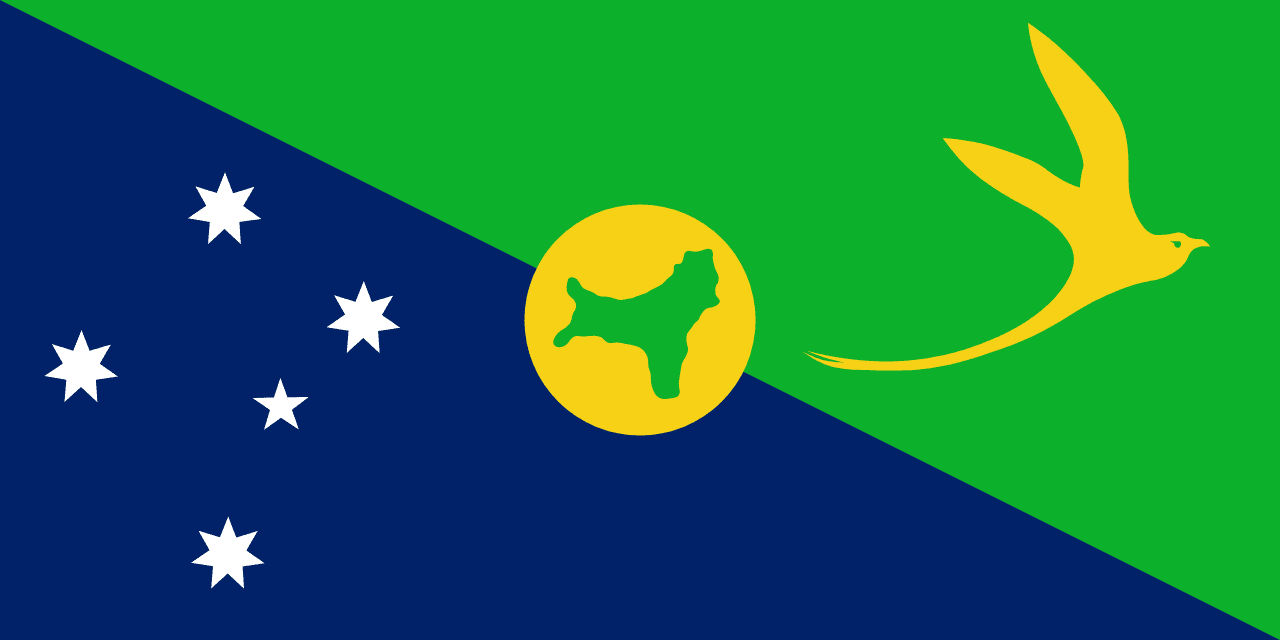
Christmas Island
Adopted 1986
Green and blue field with Southern Cross constellation, golden bosun bird, and a circle representing the island.
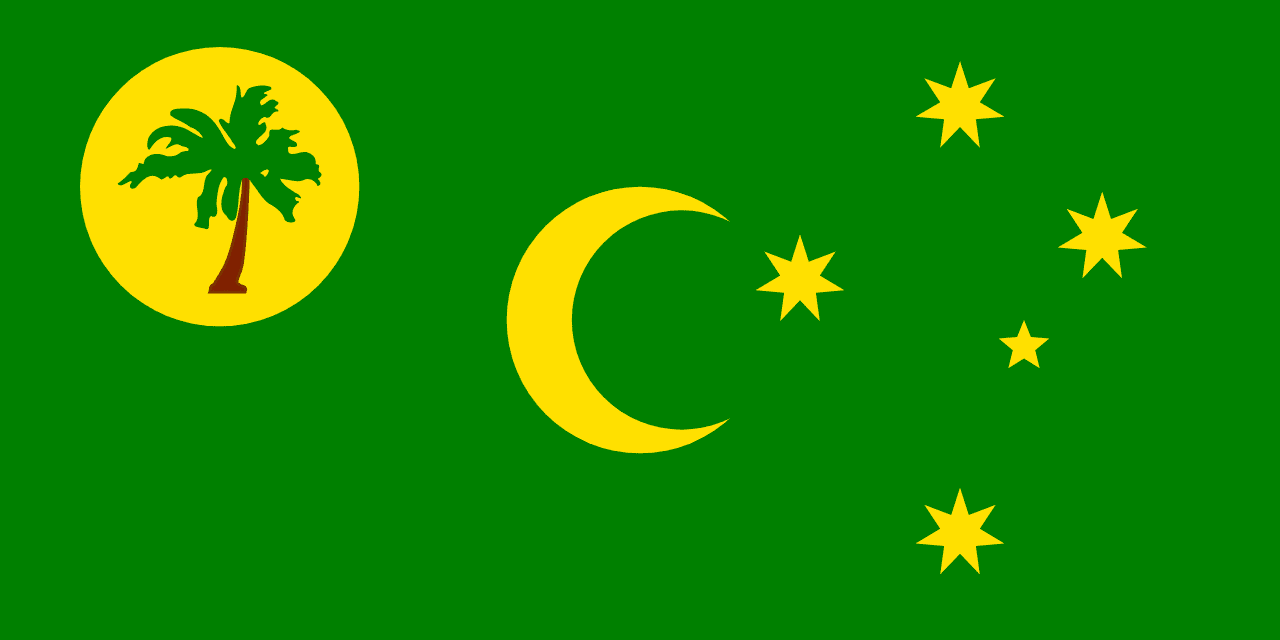
Cocos Islands
Adopted 2004
Green field with golden disc, crescent moon, palm tree, and Southern Cross representing the Malay Muslim community, tropical environment, and Australian connection.
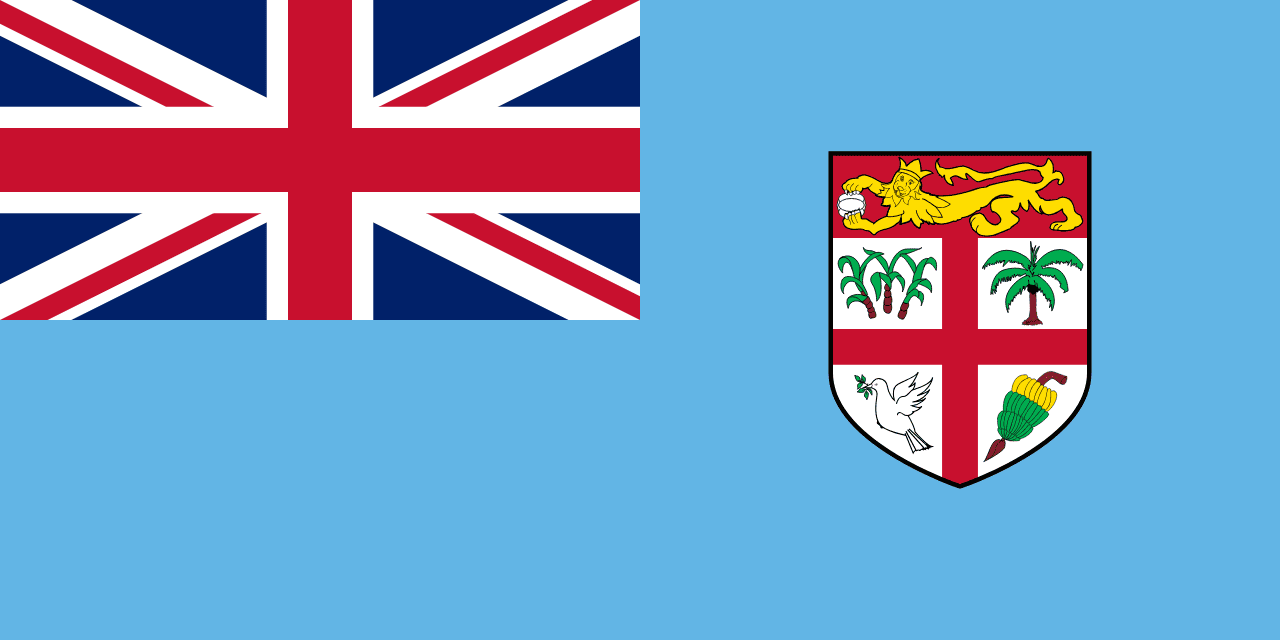
Fiji
Adopted 1970
A light blue field with the Union Jack in the canton and Fiji's coat of arms on the fly side, representing the Pacific Ocean, British heritage, and the agricultural and maritime traditions of this island nation.
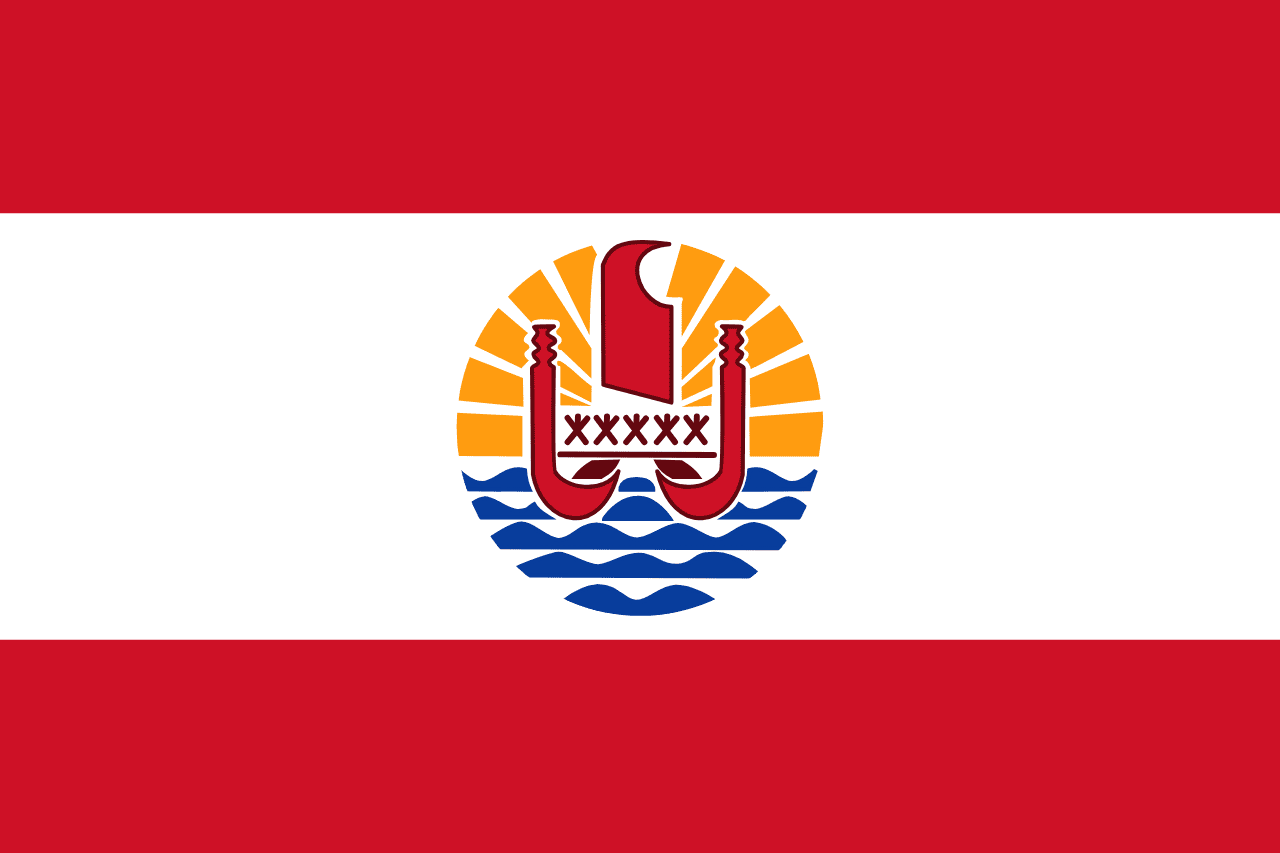
French Polynesia
Adopted 1984
Red and white horizontal stripes with central emblem featuring an outrigger canoe, sun, and ocean waves representing Polynesian maritime culture and French governance.
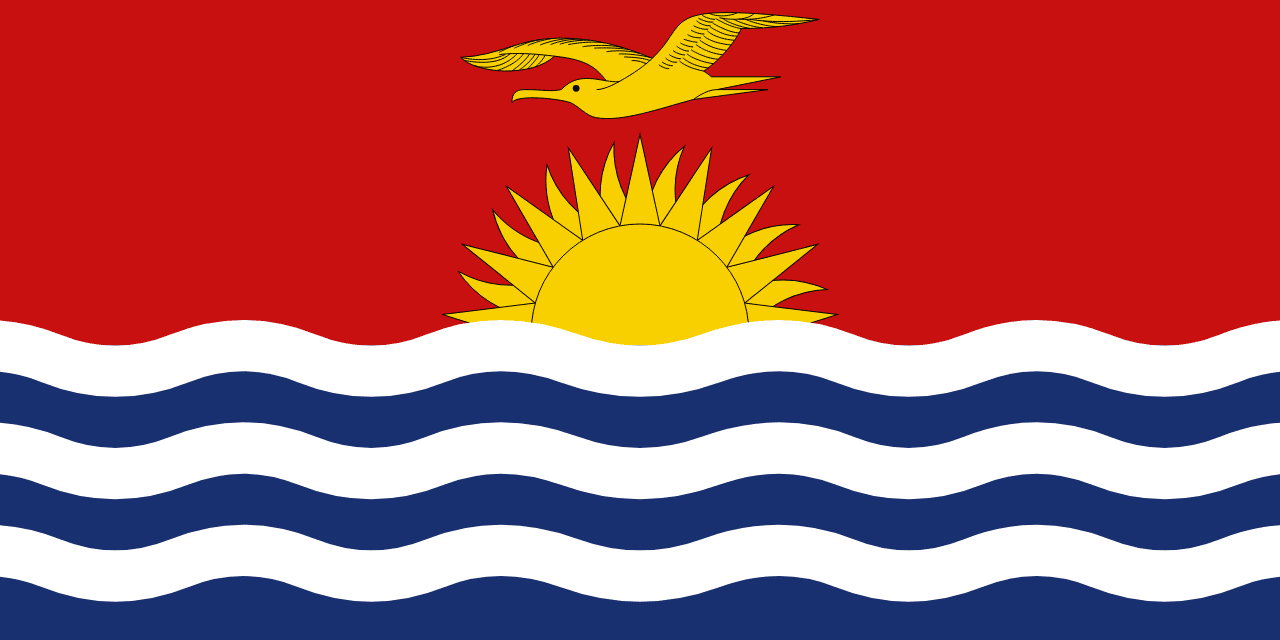
Kiribati
Adopted 1979
A red upper field with a golden frigatebird flying over a rising sun above blue and white wavy stripes, representing the Pacific sunrise, ocean waves, and the unique geography of this coral atoll nation spread across the international dateline.
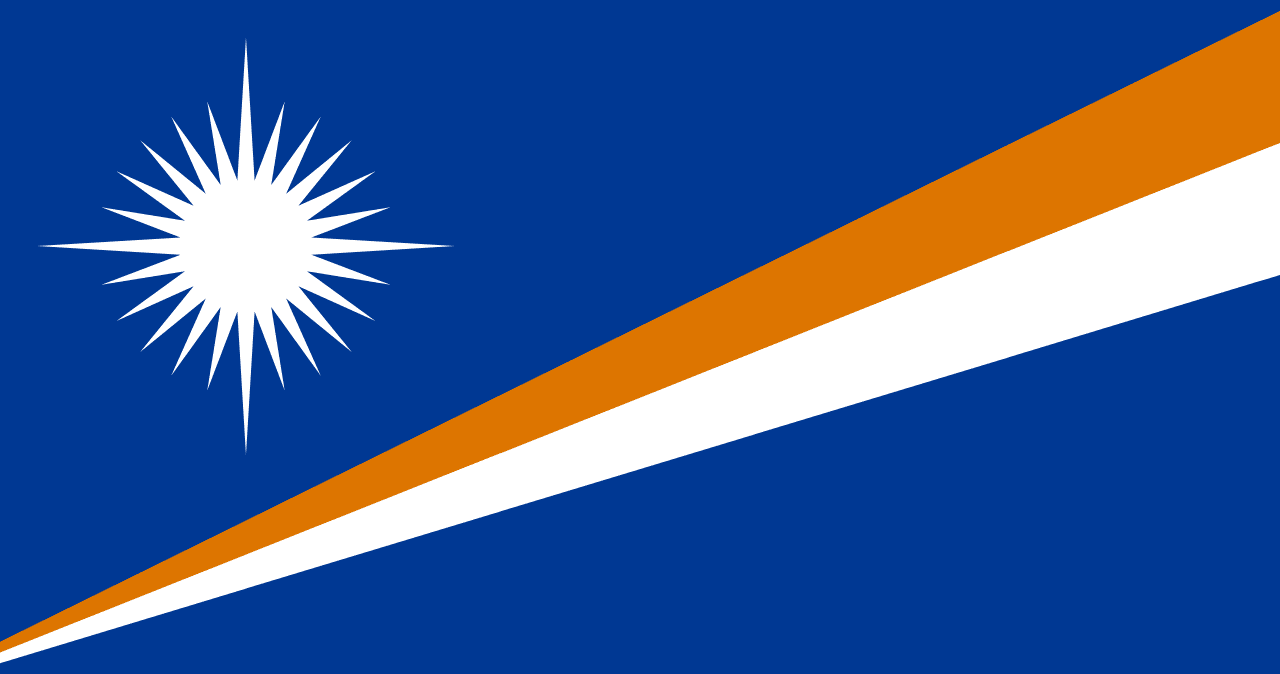
Marshall Islands
Adopted 1979
A blue field with diagonal orange and white stripes extending from the lower left, and a white 24-pointed star in the upper left corner, representing the Pacific Ocean, the island chains, and the Christian faith of this coral atoll nation.
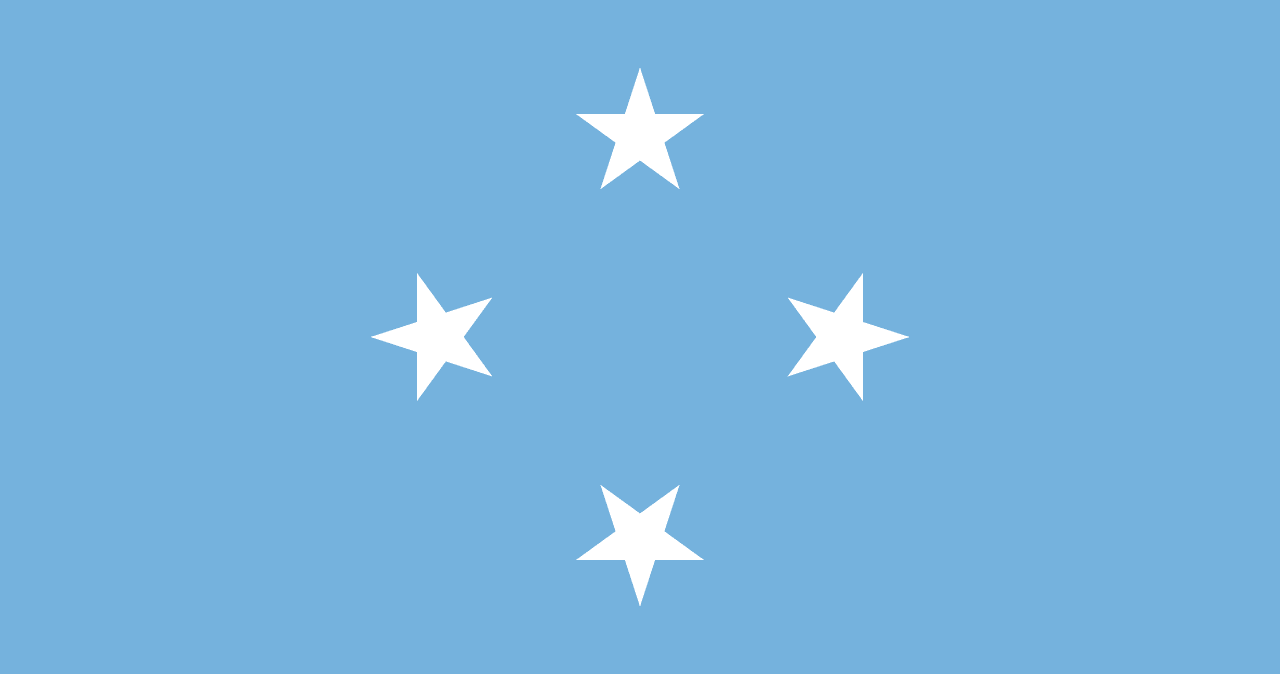
Micronesia
Adopted 1978
Four white five-pointed stars arranged in a diamond pattern on a light blue field, representing the four states of the Federated States of Micronesia surrounded by the Pacific Ocean.
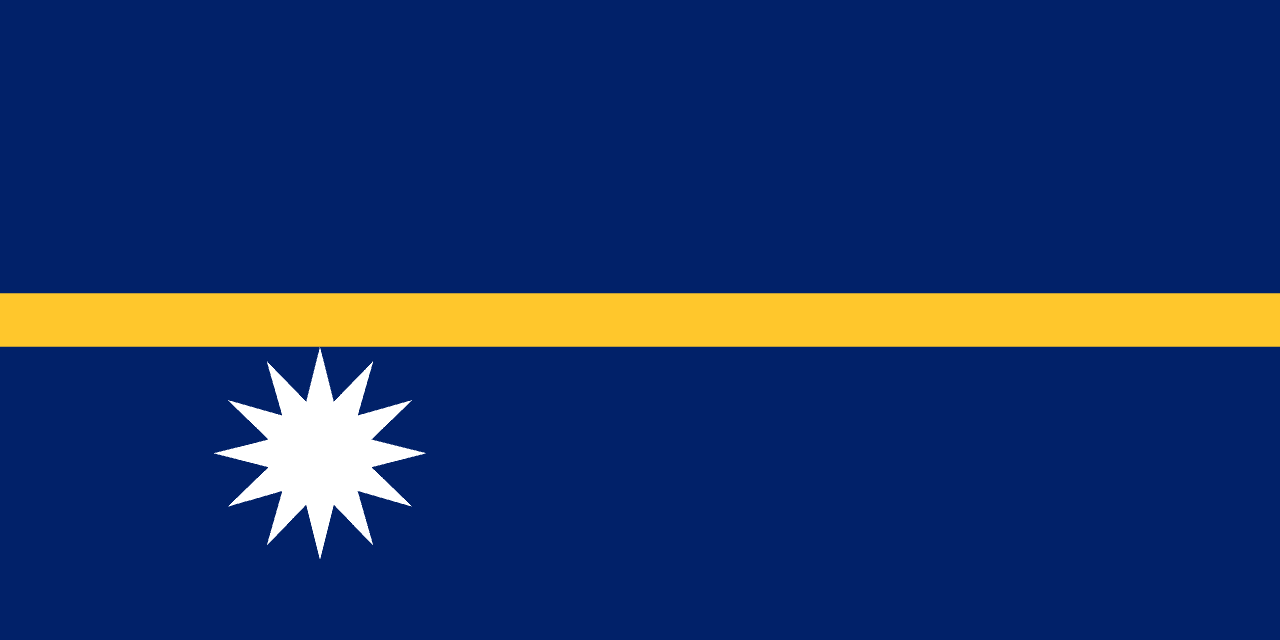
Nauru
Adopted 1968
A blue field with a horizontal yellow stripe across the center and a white twelve-pointed star below the stripe near the hoist. The design reflects Nauru’s position just south of the equator and its cultural identity.
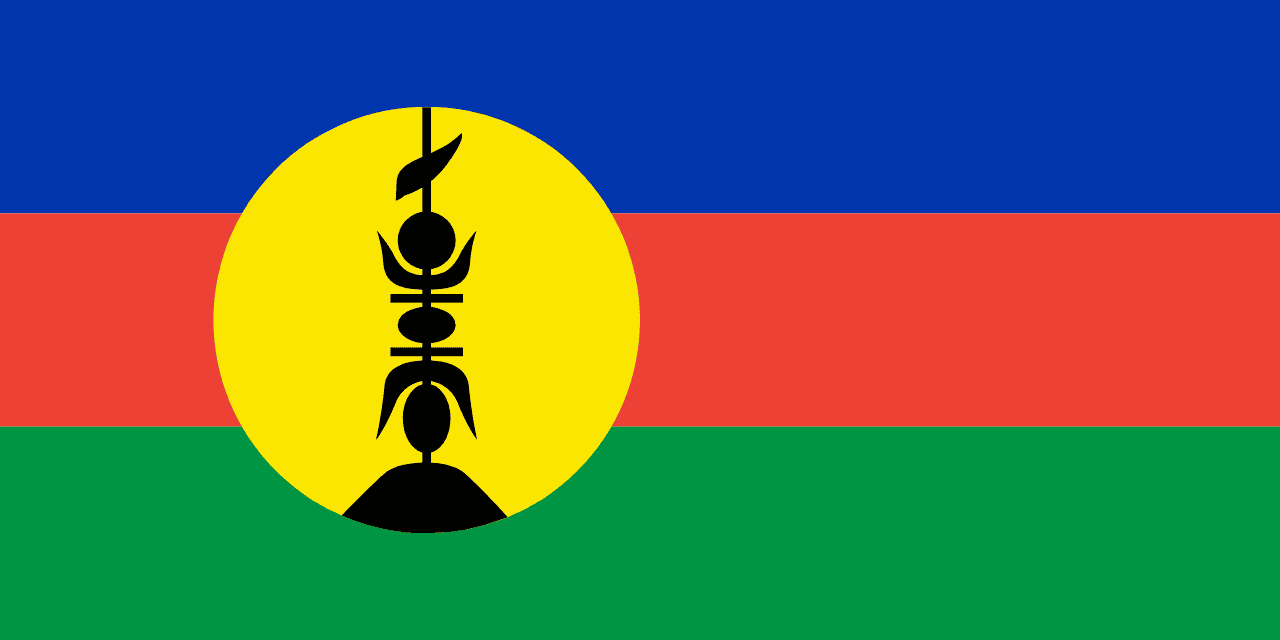
New Caledonia
Adopted 2010
The flag of New Caledonia is one of the few in the world to be flown alongside another—the French tricolor, symbolizing both local identity and continued ties to France. Adopted in 2010 after years of debate, the design features blue, red, and green horizontal bands with a yellow disc at the center bearing a black flèche faîtière, a traditional rooftop spear. Each element carries meaning rooted in the Kanak people’s culture, the islands’ natural environment, and the struggle for recognition within a French overseas territory. To study this flag is to see the blending of indigenous heritage with colonial history, and how symbols can serve as a bridge between tradition and modern political reality.
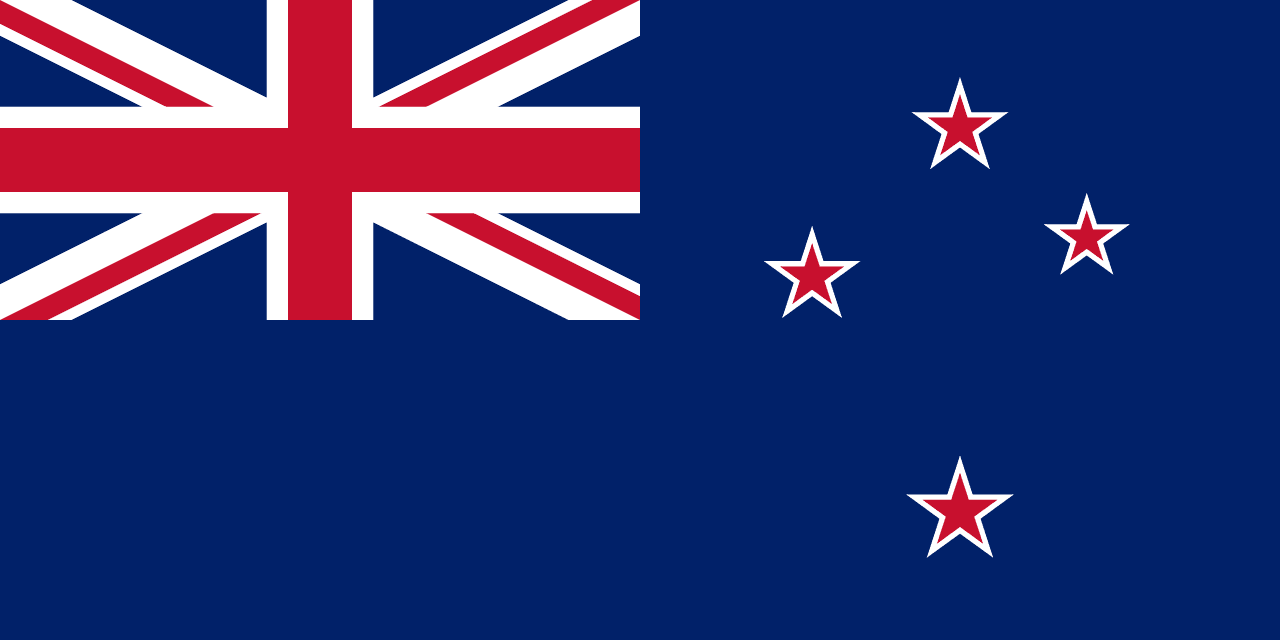
New Zealand
Adopted 1902
A blue ensign with the Union Jack in the canton and four red five-pointed stars outlined in white representing the Southern Cross constellation, reflecting New Zealand's British heritage and Southern Hemisphere location.
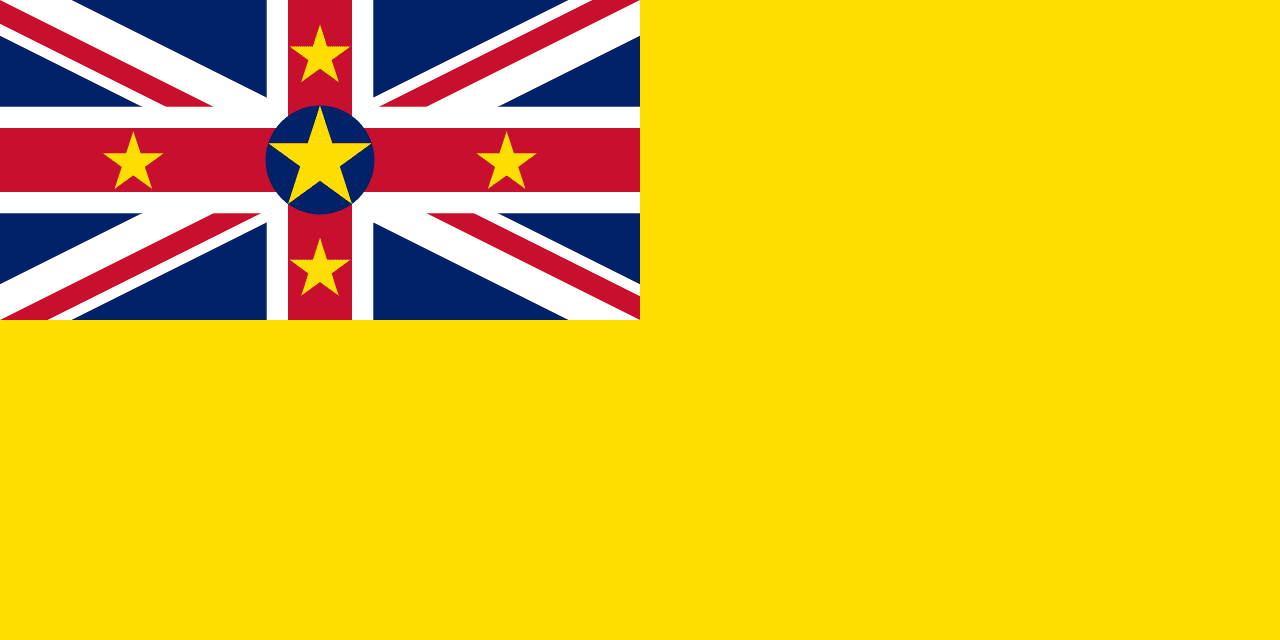
Niue
Adopted 1975
Golden yellow field with Union Jack canton and stars representing 'The Rock of Polynesia' and its unique free association with New Zealand.
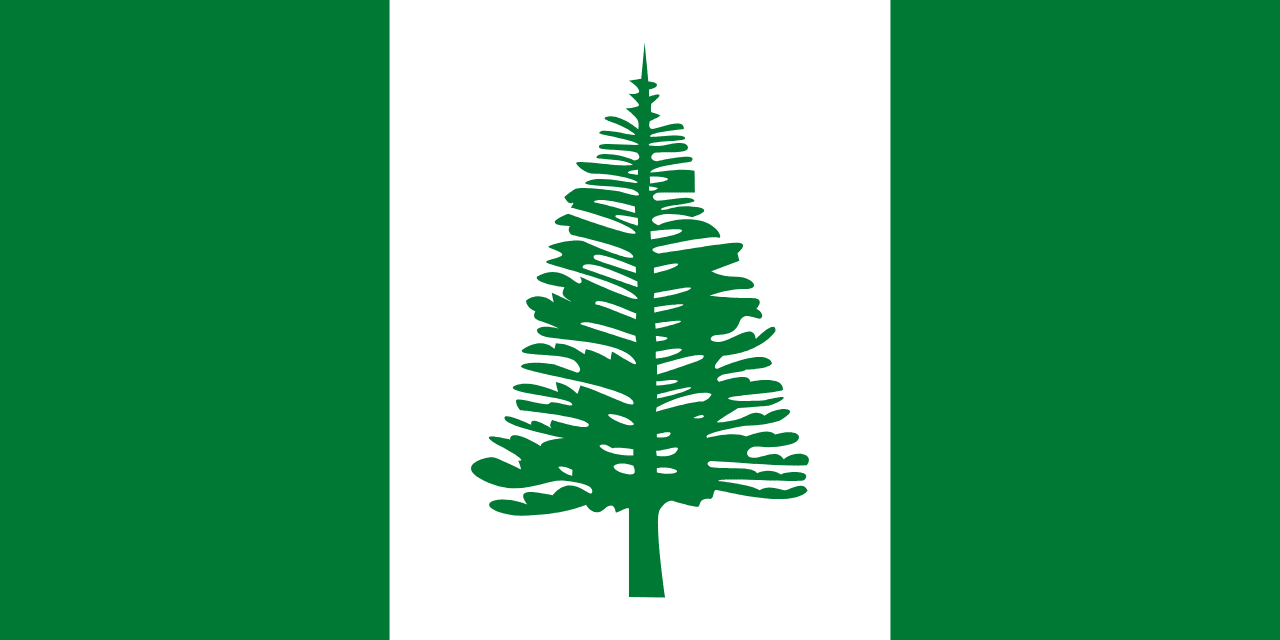
Norfolk Island
Adopted 1979
Vertical green stripe and white field featuring the iconic Norfolk Pine, symbol of the island's unique heritage.
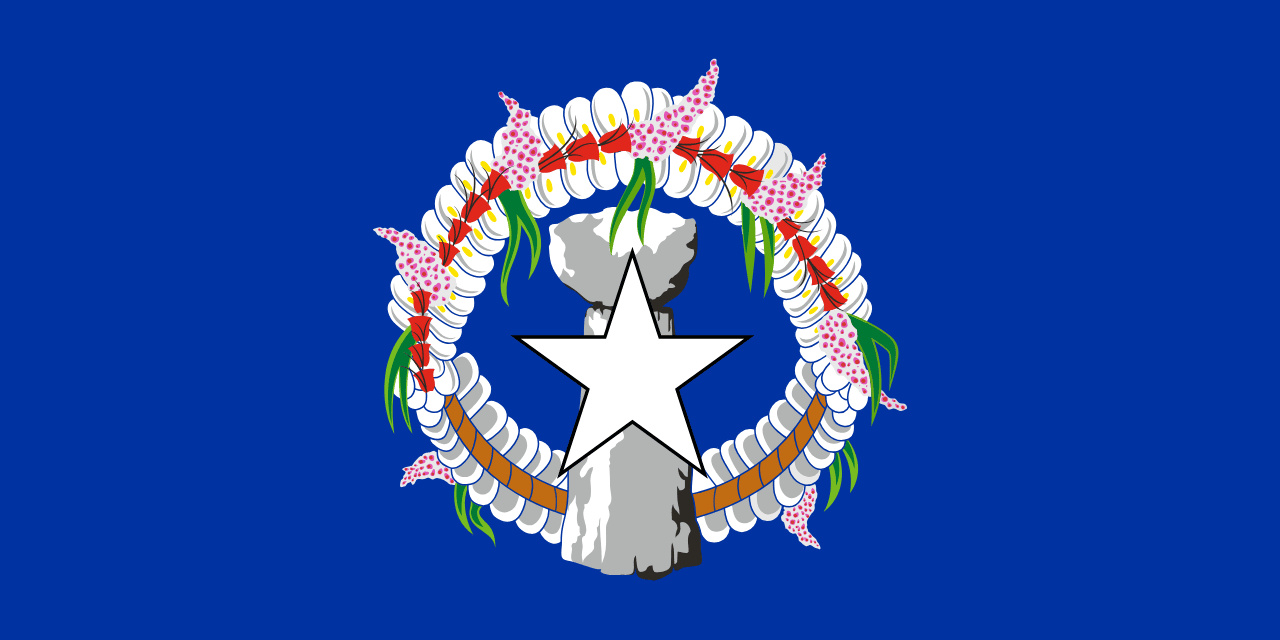
Northern Mariana Islands
Adopted 1985
A blue field with a white star and gray latte stone behind it, surrounded by a decorative wreath. The flag represents the islands’ indigenous culture, U.S. affiliation, and Pacific identity.
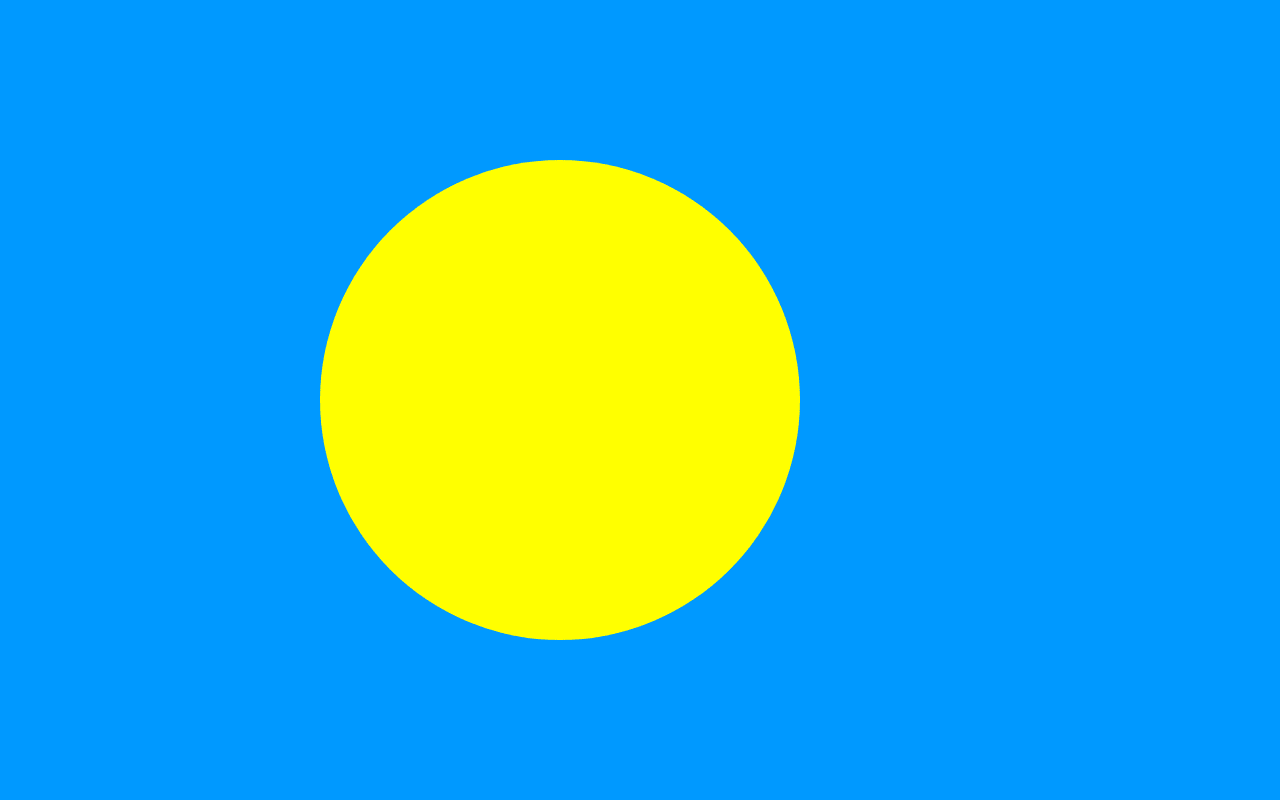
Palau
Adopted 1981
A light blue field with a golden-yellow full moon slightly off-center toward the hoist. The flag symbolizes independence, culture, and natural harmony.
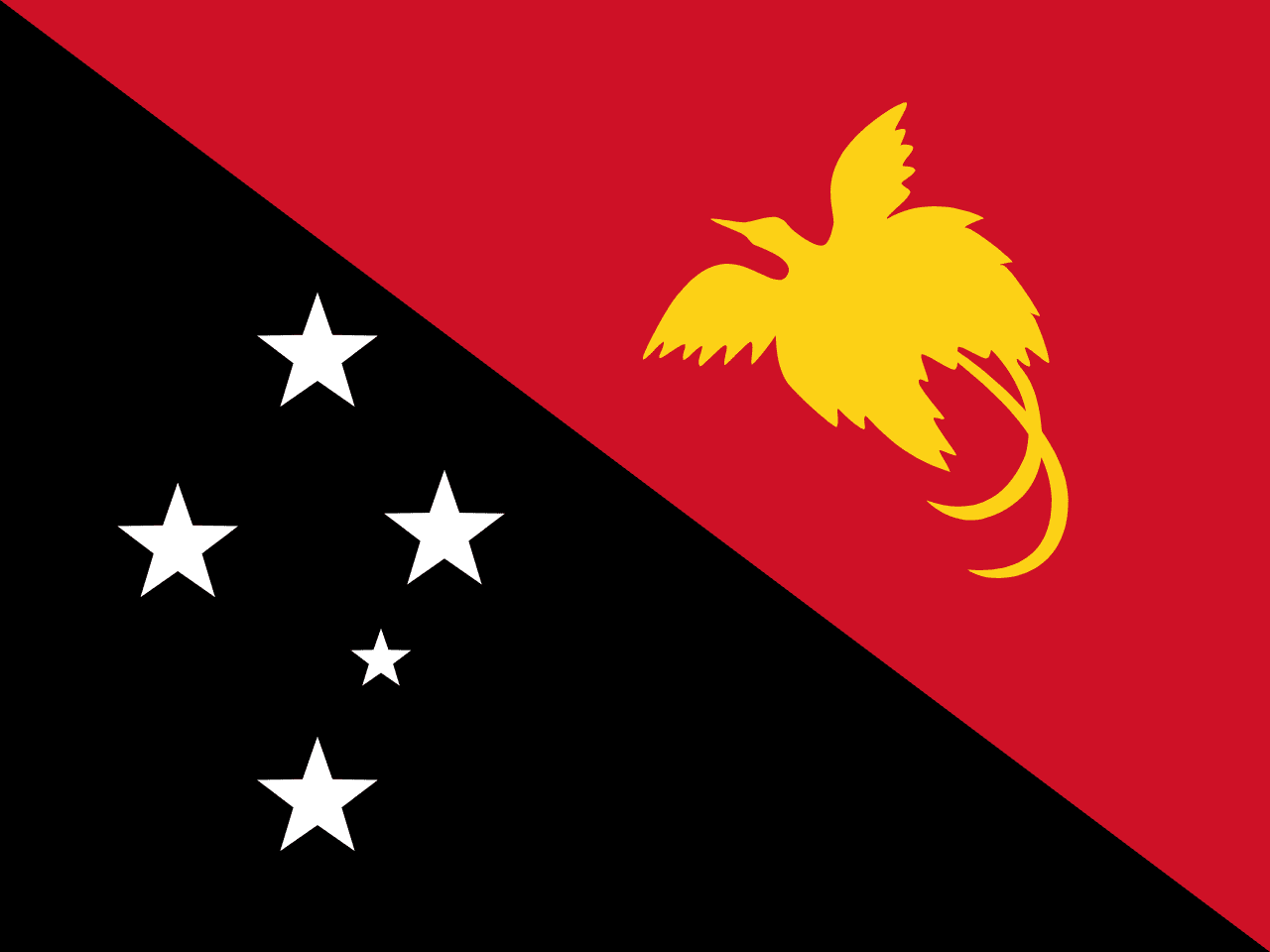
Papua New Guinea
Adopted 1971
Divided diagonally from upper hoist to lower fly: the upper triangle is red with a yellow Raggiana bird-of-paradise, and the lower triangle is black with five white stars of the Southern Cross.
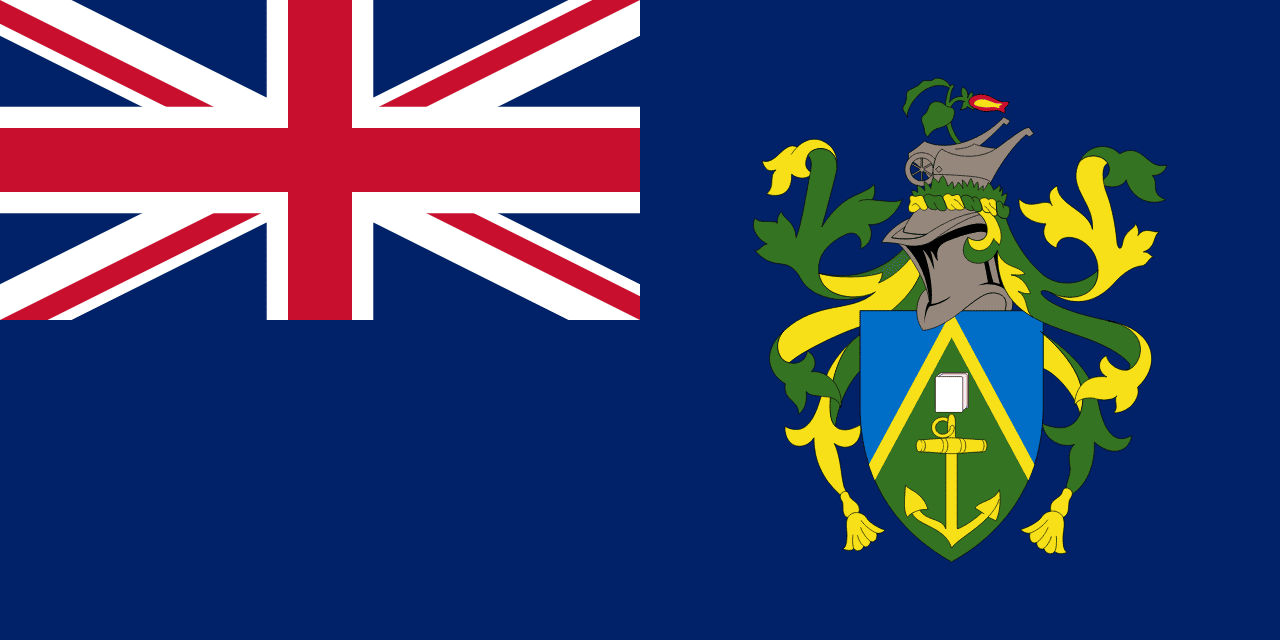
Pitcairn Islands
Adopted 1984
Blue ensign with Union Jack and coat of arms featuring the Bible, anchor, and wheelbarrow symbolizing faith, maritime heritage, and agriculture.
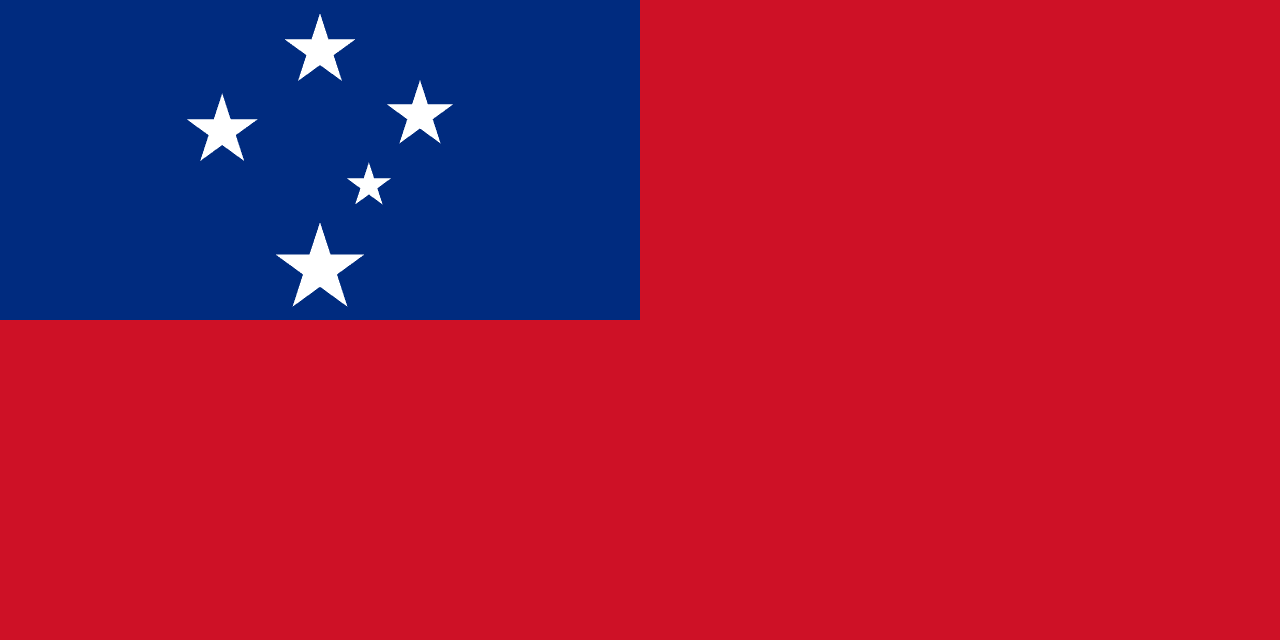
Samoa
Adopted 1949
A red field with a blue rectangle in the upper hoist containing the Southern Cross constellation in white. The flag reflects Samoan heritage and its place in the South Pacific.
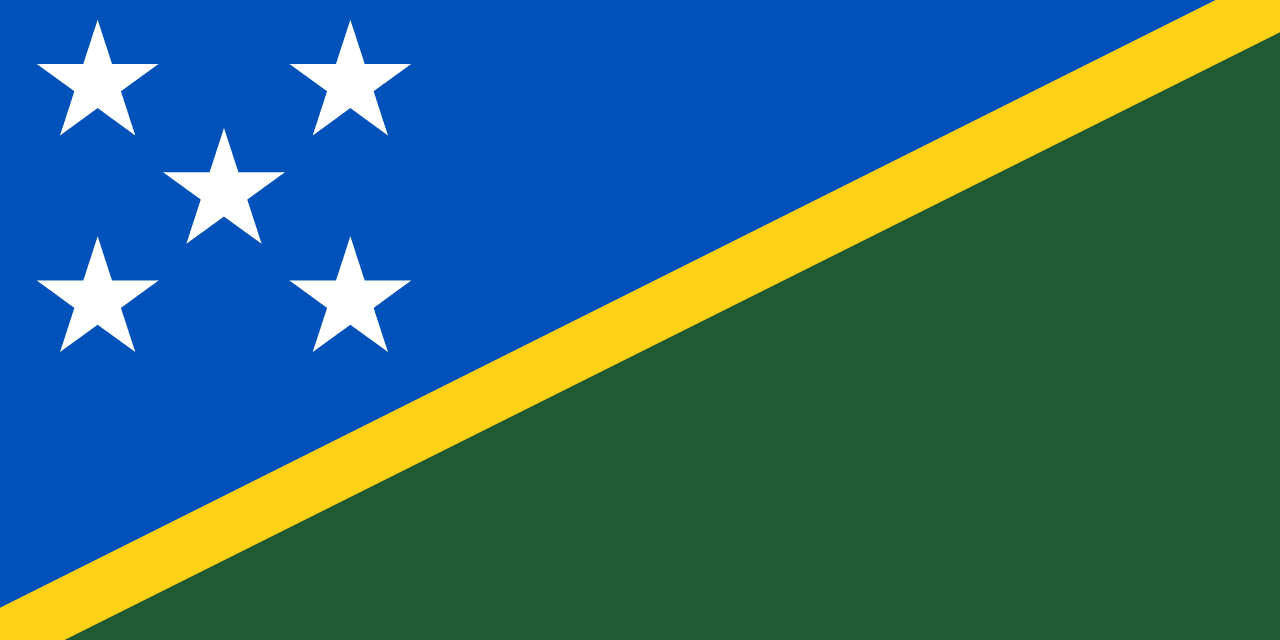
Solomon Islands
Adopted 1978
A blue triangle in the upper hoist and green triangle in the lower fly, separated by a thin yellow diagonal stripe, with five white five-pointed stars arranged in an X pattern in the blue triangle, representing the ocean, land, sunshine, and the five main island groups of this Melanesian nation.

Tonga
Adopted 1875
A red field with a white canton containing a red cross, representing the blood of Christ and the sacrifice of Jesus for mankind, the purity of Christian faith, and the deeply Christian identity of the Kingdom of Tonga as a Pacific island nation that was never colonized.
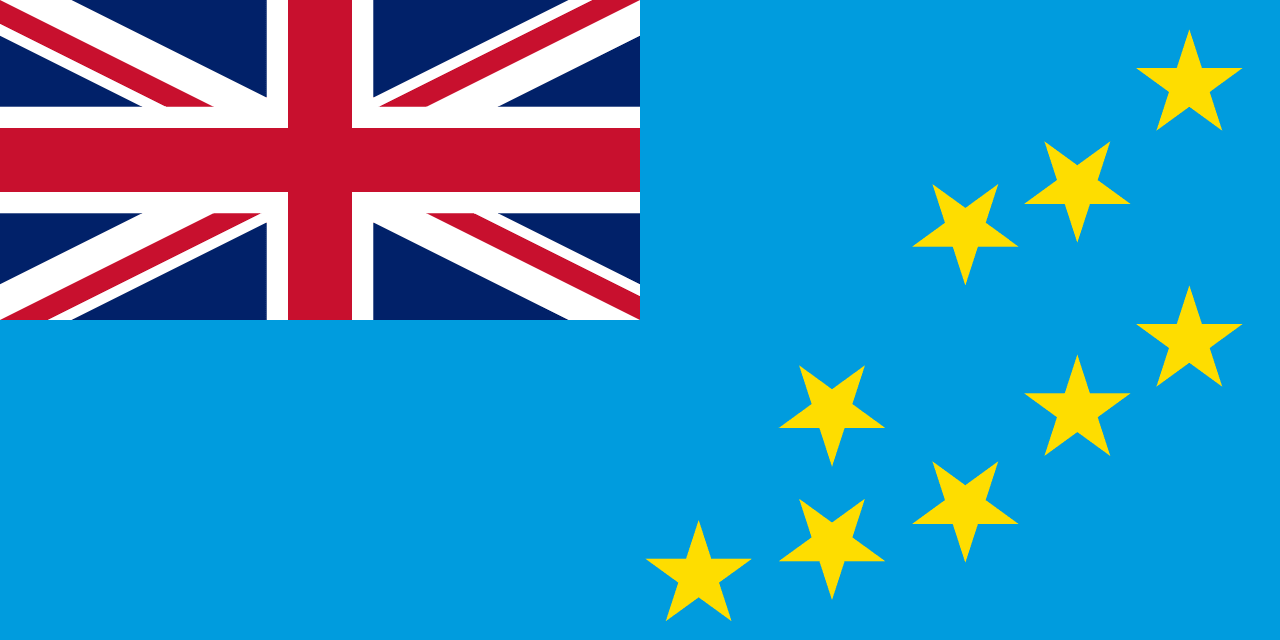
Tuvalu
Adopted 1978
A light blue field with the Union Jack in the canton and nine yellow stars representing the nine atolls of Tuvalu, symbolizing the Pacific Ocean that surrounds the islands, the historical connection to Britain, and the geographical arrangement of the island nation in the central Pacific.
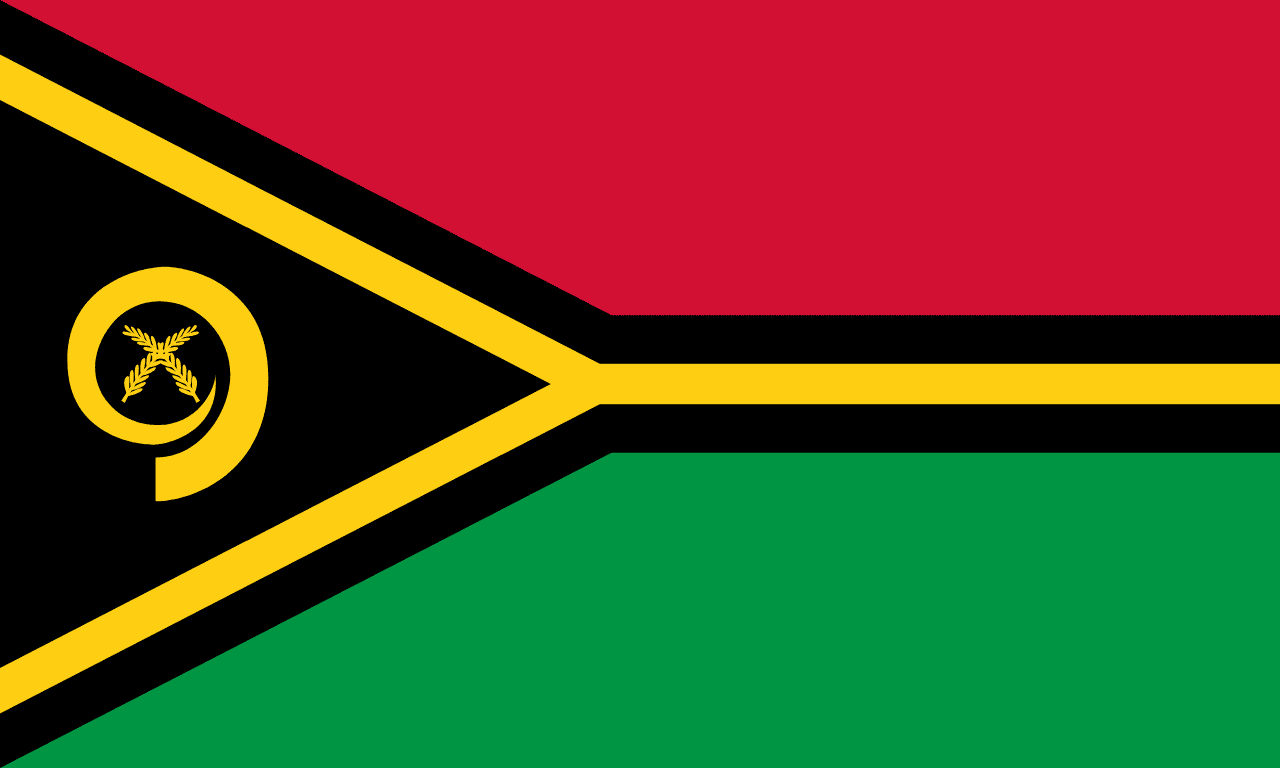
Vanuatu
Adopted 1980
Red and green horizontal bands separated by a black stripe edged in yellow, with a yellow Y-shape extending from the hoist containing a boar's tusk and two crossed fern leaves, representing the blood of sacrifice, the rich soil, the Melanesian people, enlightenment, and traditional Melanesian values and culture.
About Oceania Flags
Maritime Heritage
As island nations surrounded by the vast Pacific Ocean, Oceania flags often feature blue representing the sea, stars for navigation, and symbols reflecting their deep connection to maritime life and trade.
Indigenous Cultures
Many flags incorporate indigenous symbols, Aboriginal art patterns, Maori designs, Melanesian traditions, and Polynesian motifs, celebrating the rich cultural heritage that predates European colonization.
Southern Cross
The Southern Cross constellation appears on several Oceania flags, serving as a symbol of the Southern Hemisphere and providing navigation guidance for seafaring cultures across the Pacific region.
Explore Popular Oceania Flags
Pacific Flag Patterns
British Colonial Legacy
Many Oceania flags retain the Union Jack in the canton, reflecting their history as British colonies or territories. This creates visual unity while maintaining distinct national identities through unique elements.
Examples: Australia, New Zealand, Fiji, Tuvalu
Ocean and Sky Symbolism
Pacific island flags frequently feature blue for the ocean, white for clouds and peace, and celestial elements like stars for navigation, reflecting the reality of island life surrounded by vast expanses of sea and sky.
Examples: Palau, Marshall Islands, Micronesia, Kiribati
Pacific Regions
Australasia
Australia and New Zealand represent the largest nations in Oceania, with flags reflecting British colonial heritage while incorporating distinctive elements like the Southern Cross and indigenous influences.
Melanesia
Papua New Guinea, Fiji, Solomon Islands, and Vanuatu feature vibrant designs often incorporating traditional art, tropical birds, and cultural symbols reflecting their rich indigenous heritage.
Polynesia & Micronesia
Small island nations across the vast Pacific feature flags with ocean themes, celestial navigation symbols, and designs reflecting their maritime cultures and recent independence movements.
Unique Oceania Flag Features
Youngest Nations
Many Pacific nations gained independence recently (1960s-1990s), making their flags among the world's newest. This allowed for modern design principles and meaningful cultural representation.
Environmental Themes
Several flags feature environmental elements, coral reefs, tropical birds, ocean waves, reflecting the close relationship between Pacific peoples and their natural surroundings.
Navigation Heritage
Stars and celestial symbols are prominent, honoring the extraordinary navigation skills of Pacific peoples who traversed vast ocean distances using traditional wayfinding techniques.